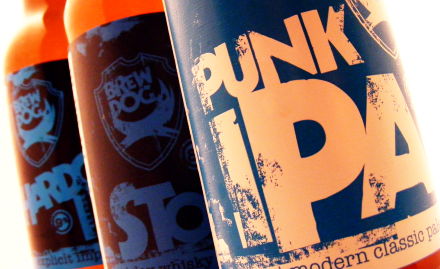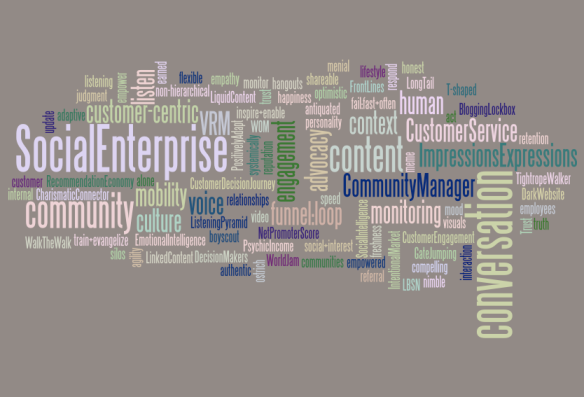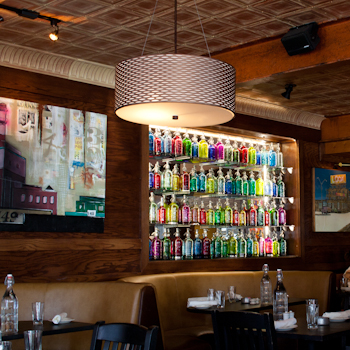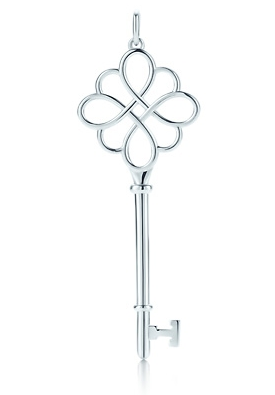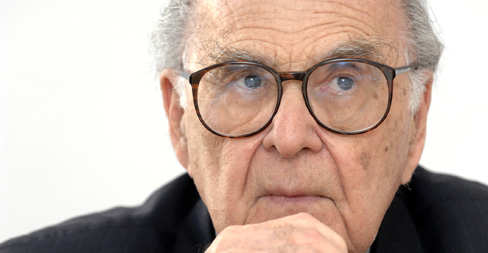
“I’m happy to be here…and at my age, I’m happy to be anywhere and know where I am” Harold Burson joked. The 91-year-old founder of global public relations firm Burson-Marsteller had a polished storytelling style that captivated the 30 or so students in our corporate public relations classroom on Friday.
Though I was interested to learn the morals of Burson’s stories, I was even more interested to identify what it was that was making him a compelling storyteller.
Dialogue, scene-setting, and sensory detail were some of the techniques he used to lure us. The first story had me picturing a large steel mill, expansive parking lots, and the chill of a winter that was dragging on far too long. The story was about the importance of research and measurement. The head of the steel factory wanted to boost employee morale and hired Burson to come up with an event to energize his employees and lift their spirits. Rather than jumping ahead to the end goal of pleasing the person paying him, Burson suggested they conduct some focus groups to find out what was causing the low morale (The factory owner thought people were just tired after the long winter).
After talking with several people, he came to find that people were dissatisfied with the distance they walked from the parking lot to their station at the factory. They were also frustrated because it would often take half an hour to leave the parking lot at the end of the day. Because there was no traffic light at the exit that would give employees a turn to pull on to the street, there was no choice but to sit and wait. These were easy issues to fix by adding some signs. Rather than simply telling us that signs were put up, Burson told us what the signs said.
He did eventually implement an event, a family picnic. Rather than just saying family picnic, Burson gave extra details to make the scene vivid. It wasn’t just a family picnic, it was a “fun day” where employees could bring their “spouses and children. Hamburgers and hotdogs were served. This picnic was the perfect place to announce the new traffic light and assigned parking.
Lesson 1: You must actually identify the problem before jumping to the solution.
His second story was about the removal of confederate flags from the football stadium at his alma mater, Ole Miss. The president of the university consulted Burson as to how to accomplish the removal of the flags, a decision that could be wildly unpopular with the alumni who were rooted in the school’s traditions. During the process, Burson spoke to many people, but rather than summarizing their conversations, he used dialogue to convey not only the messages but a bit of the personality of some of the people with whom he was speaking.
Lesson 2: If you have the right tradeoff to give someone that you want something from, you can get something to happen very quickly.
Burson acknowledged that it wasn’t the college’s president who would be effective in removing the flags from the stadium, but the coach. The tradeoff was that Ole Miss would never have the best football team in the nation as long as confederate flags were present in the stadium. In fact, promising recruits were turning down offers in favor of other schools that did not support the use of the confederate flag, heavily laden with all the connotations of oppression. Once the coach was on board and publicly made the statement that the flags were hindering the team’s success, the flags were removed.
During his talk, it was also notable that Burson was very attentive to his audience. When I asked him which factors make for a successful public relations professional, he made eye contact with me as if we were having a one-on-one conversation. He also noticed that there were several students from Asia in the class, and he took special care to explain why confederate flags would be considered a topic of controversy. When he mentioned how the coach was from Nebraska, he parenthetically noted that the state is in the middle of the country and was not directly involved in the civil war. This clarification ensured that his point would be easily understood by those without a detailed knowledge of U.S. geography.
When Burson was asked what he is most proud of in his long and illustrious career, which includes having been named by PRWeek as “the century’s most influential PR figure”, he noted it was the fact that he created 2,500 jobs that over the years were filled by 35,000 people.
